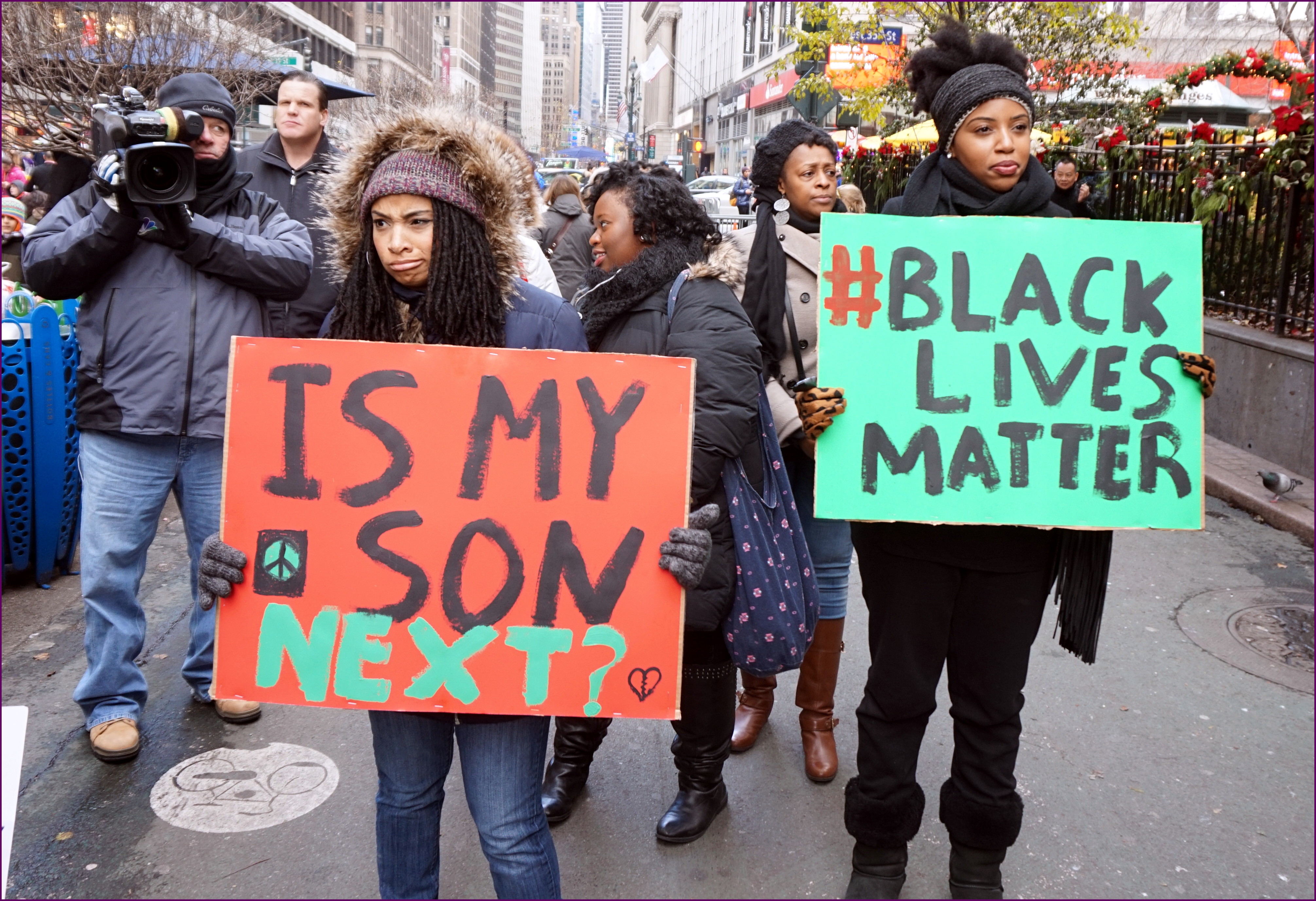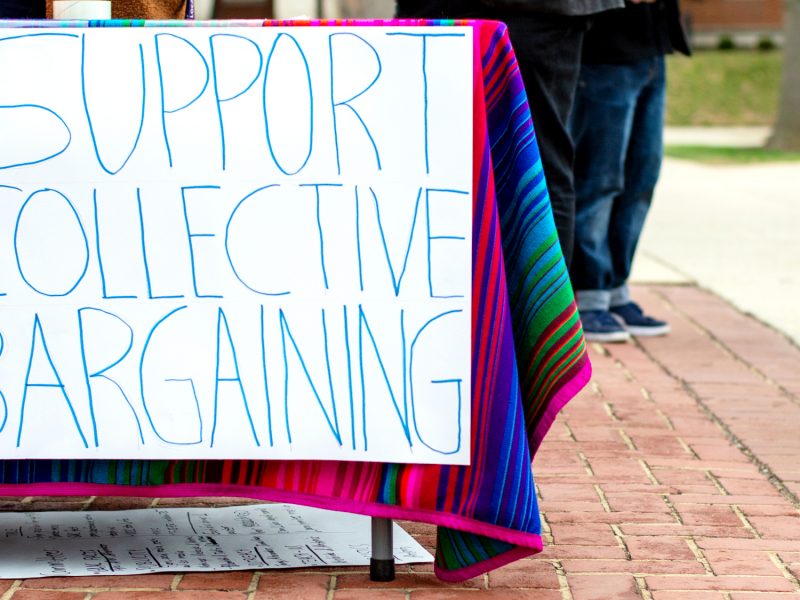The Diamondback recently published an opinion column by Kyle Campbell in which he gives his take on Black Lives Matter and institutional racism. Though I’m sure his intentions were good, his article contains numerous dangerous misconceptions about the state of race relations in the U.S. I respond not for personal or pedantic reasons, but because I believe the misconceptions Mr. Campbell expresses are widely held and are antithetical to progress toward racial equality.
Mr. Campbell begins with an indictment of Black Lives Matter. Much to my chagrin, I will not address the factual inaccuracies contained therein, but I urge Mr. Campbell and those who share his views to read what the movement has to say for itself on its website. More dangerous than his misunderstanding of BLM, however, is his refusal to admit that institutional racism exists, or that discriminatory laws are still on the books. While it certainly paints a sunnier picture of America to imagine that “[a]ctual laws and policies that expressly promote racism or discrimination have long vanished,” the reality is that they have merely become more roundabout in their methodology and insidious in their effect. Mr. Campbell argues “[w]hen people point to institutional racism as the cause of certain issues, I fail to see what they are actually pointing at.” I identify three broad types of institutional racism, all of which are still alive and well.
First are policies that are (probably) not racist in intent, but are racist in effect. Take New York City’s infamous stop-and-frisk law. Blacks and Latinos account for around 85 percent of people selected for stops but make up only around half of NYC’s population. More harmful are laws that prescribe harsh prison sentences for minor nonviolent drug offenses. Though whites and blacks use drugs at similar rate, in some states blacks constitute almost 90 percent of those incarcerated for drug offenses and are up to 57 times more likely to go to prison for said offenses, an injustice which has systematically destroyed black families and communities. There is nothing prima facie wrong with allowing police officers to quickly and respectfully investigate suspicious persons, or with punishing drug offenders, but the fact that the laws have been enforced in a manner that targets people of color means they have to change.
Second are policies that are racist both in intent and effect. The best example of these is the recent swath of voter ID laws that have been enacted mostly in conservative states around the country. Most egregious is the North Carolina law recently struck down in federal court after judges found it “target[ed] African Americans with almost surgical precision.” The state requested data concerning voting patterns by race, then excluded the forms of alternative voter ID blacks were mostly likely to possess, shortened the early voting period to exclude the days black voters were most likely to vote and eliminated Sunday voting, which was disproportionately used by black voters. Other voter ID laws are less draconian, but many of them share two characteristics: They purport to address a statistically nonexistent problem and systematically disenfranchise non-white voters.
Finally, and most challengingly, are instances of racism that arise because the structures of institutions legitimize the racism of individuals. To explain this, I present a few statistics: Black children in K-12 education are three times more likely to be suspended than white children; black college graduates are twice as likely as whites of the same education level to have difficulty finding employment; black people are 38 percent more likely to be given capital punishment than whites for the same crimes; black drivers are three times more likely to be searched at traffic stops. These inequities are not the result of specific laws, but of the cumulative effects of slight or pronounced racism on the part of the individuals in each system. This, I suspect, is what Mr. Campbell means when he says “the issue isn’t political but rather cultural.” What Mr. Campbell fails to realize, however, is that an institution that is set up so as to allow racism is itself complicit in that racism. This is what is meant by “institutional racism:” not that the educational, or economic, or police, or judicial systems are explicitly designed to target people of color, but that they legitimize and perpetuate the racism of those who participate in them by failing to correct for it.
Mr. Campbell concludes by admitting he himself has no solution to addressing racial tension. While I cannot offer a panacea, I suggest that the first step is education, such that more people on both sides are aware of the realities of race in America, and such that those who offer their opinions are informed before doing so.
Joey Marcellino is a sophomore jazz, physics and philosophy major. He can be reached at fmarcel1@terpmail.umd.edu.



